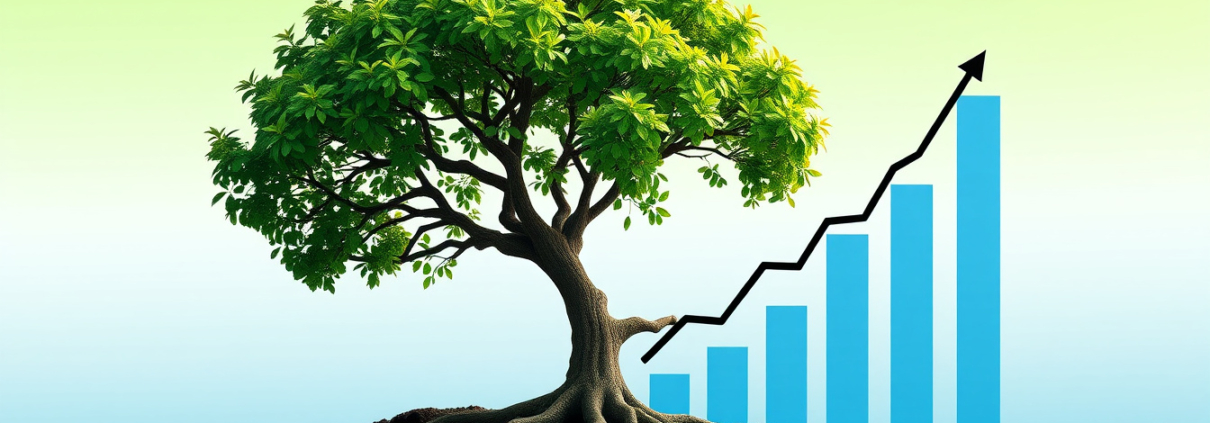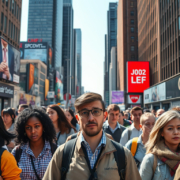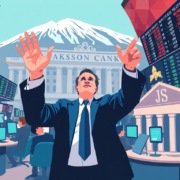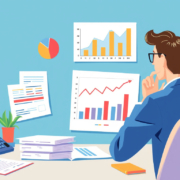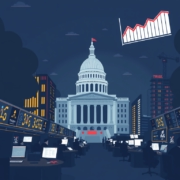Understanding the Balance Between Economic Growth and Environmental Sustainability 🌱📈
Understanding the Balance Between Economic Growth and Environmental Sustainability 🌱📈
Economic growth and environmental care depend on each other. Global markets, stock moves, and resource use show that we must keep progress and nature in step.
Economic Growth and Its Challenges
Economic growth means more factories, more buying, and new tools. This growth builds jobs, increases wealth, and sparks new ideas. The video shows several points:
-
Market Volatility and Economic Crashes
In 2008, a big crisis hit. A similar event showed up in 2022. Banks like the U.S. Federal Reserve printed money to keep markets steady. This method may cause rising prices and weak long-run stability. -
Dependence on Natural Resources
A speaker with oil and energy skill explains that oil price shifts and rules, such as stopping pipeline projects like Keystone XL, change prices and daily life. This hit hard for middle and lower income groups. -
Economic Belief Systems
Ideas like capitalism, Marxism, and fascism act as guides for economic rules. They shape choices on money, wealth sharing, and property rights. Many find these ideas hard to use in real life.
Environmental Sustainability Concerns
The video also notes nature issues:
-
Limited Natural Resources
Banks can print money but cannot create oil or other real things. This shows that growth must work within nature’s limits. -
Energy Choices and the Environment
Stopping fossil fuel projects changes energy costs and supply. These moves aim to cut carbon and protect nature. This setup shows a clear gap between growth plans and nature care.
Societal and Structural Implications
The speaker also points out social points that tie in with economic rules:
-
Family and Social Shifts
More children live with single mothers who get government aid. This change can affect work skills and social connection. -
Health and Work Readiness
Many young folks do not meet health tests for military service. This gap hints at issues in health and income that may limit work ability. -
Education on Money
Schools mostly do not include lessons on money. This leaves many to struggle with jobs, saving, and planning for the future.
Striking the Balance: Key Considerations
-
Including Environmental Costs in Economic Plans
Economic plans must count the loss of nature and the wear on resources. We must track how ecosystems, waste, and species loss affect growth. -
Investing in Clean Energy and New Tools
Shifting from fossil fuels to clean energy can free growth from harming nature. -
Improving Learning on Money and the Earth
When people know more about money and nature, they choose better plans for themselves and for the rules that guide society. -
Promoting Fair Growth for All
Fixing gaps in wealth, resources, and education helps build steady growth for a wide range of people.
FAQs
Q1: Why can’t economic growth go on forever without hurting nature?
A1: Economic growth uses up natural resources and makes waste. Without a plan that cares for the earth, growth will wear down the land and the air we share.
Q2: How do oil prices affect steady growth?
A2: Oil prices change costs for travel and making things. High oil costs can slow growth for some, while they also push for more use of clean energy.
Q3: What role does learning about money play in balancing growth and nature?
A3: Learning about money helps each person and guide rules on spending and saving. This learning supports plans that work for both the economy and the earth.
Knowing and managing the tie between economic growth and nature care is key for a future that is strong, fair, and healthy. Seeing how market moves, resource limits, and social trends join together can lead to better plans that keep both money and nature safe.

